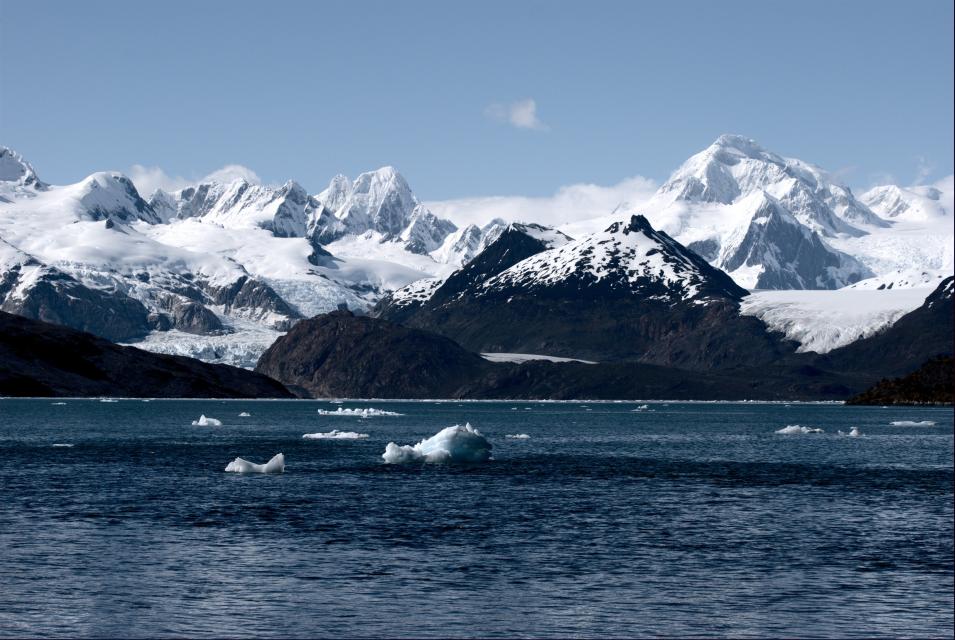Introduction
The Global Land Ice Measurements from Space (GLIMS) initiative monitors all of Earth’s glaciers using satellite imagery from instruments such as the Advanced Spaceborne Thermal Emission and reflection Radiometer (ASTER) aboard NASA’s Terra satellite. GLIMS was originally an ASTER Science Team project, now approaching its 20th anniversary, made up of a network of regional experts from over 60 institutions across the planet who analyze glaciers in their respective regions of expertise. The researchers produce glacier measurements such as digital glacier outlines, center flow lines, snow lines, surface velocity fields, hypsometry data, associated metadata, and literature references. The regional results are archived as a part of the GLIMS Glacier Database (GGDB) at the National Snow and Ice Data Center (NSIDC).


